ILR Preview: 30th Anniversary of decriminalisation of homosexuality
07 July 2023We’re delighted to present a preview for the Summer 2023 Issue (59) of Irish Lives Remembered; a fascinating interview with biographer Christopher Fitz-Simon about The Lifelong Love of Micheál Mac Liammóir and Hilton Edwards, founders of the Gate Theatre in Dublin. Our Summer Pride Issue will be out later this month,...
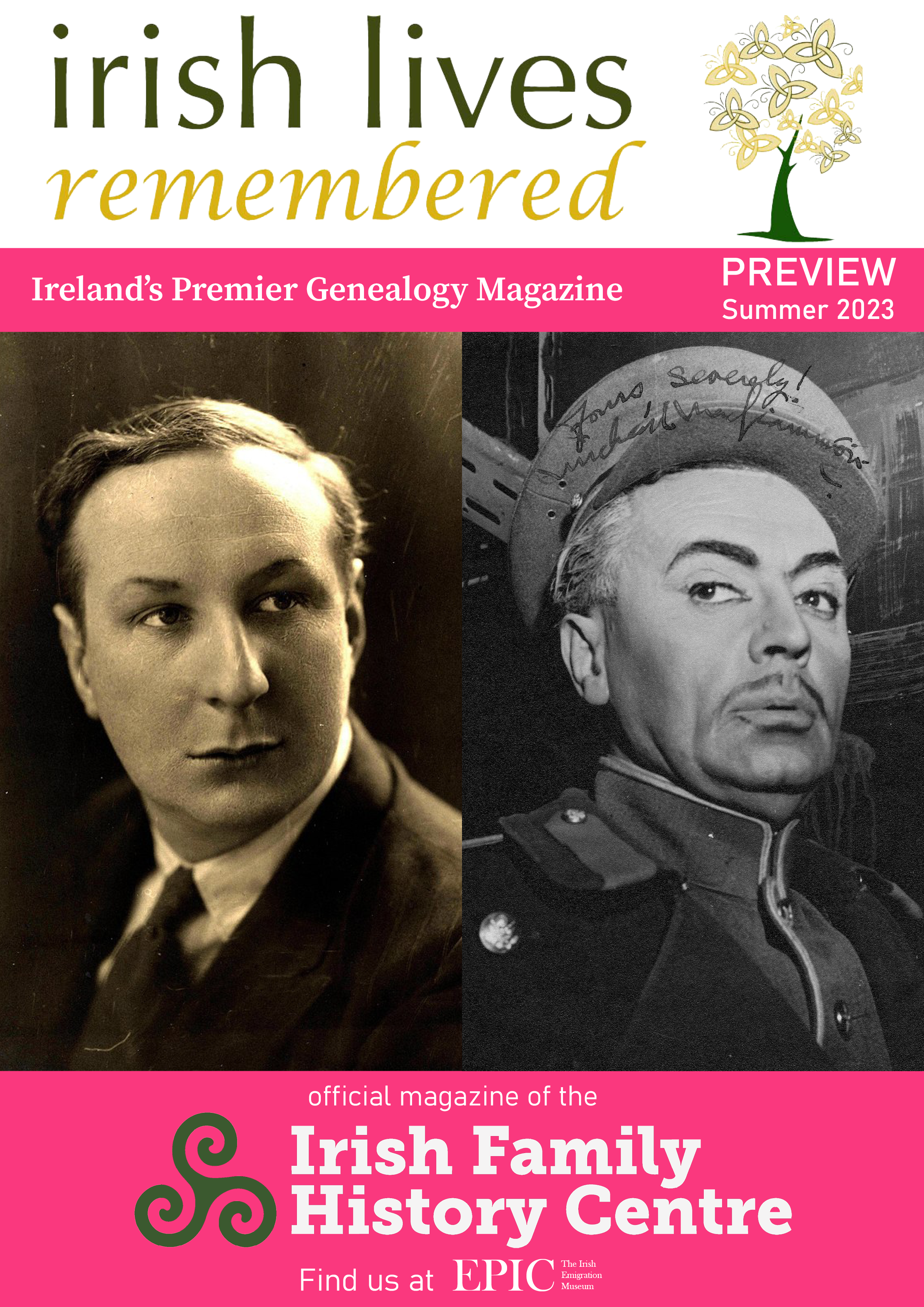
Bruce Springsteen’s Irish Roots by Fiona Fitzsimons and Helen Moss
03 May 2023We’re delighted to present a preview for the Spring 2023 Issue (59) of Irish Lives Remembered; a fascinating article on the Irish family history of Bruce Springsteen by researchers Fiona Fitzsimons and Helen Moss.
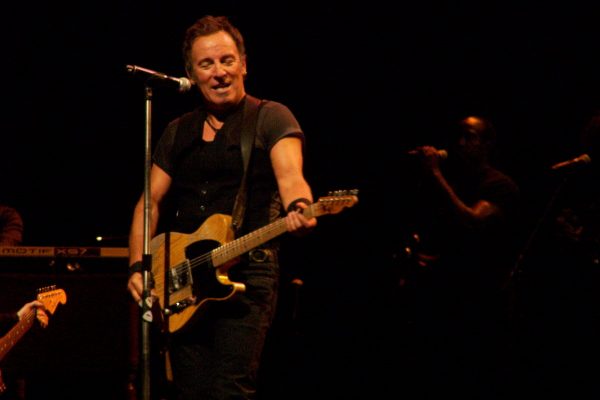
The History of the Ned Kelly Gang
15 September 2022The History of the Ned Kelly Gang Written by Ronald Land Once we know the stories of our ancestry, they emerge in the most interesting places. It happened to me when I heard about the Australian Seminar evening at Trinity College in Dublin. That’s because I’m the great-grandnephew of...
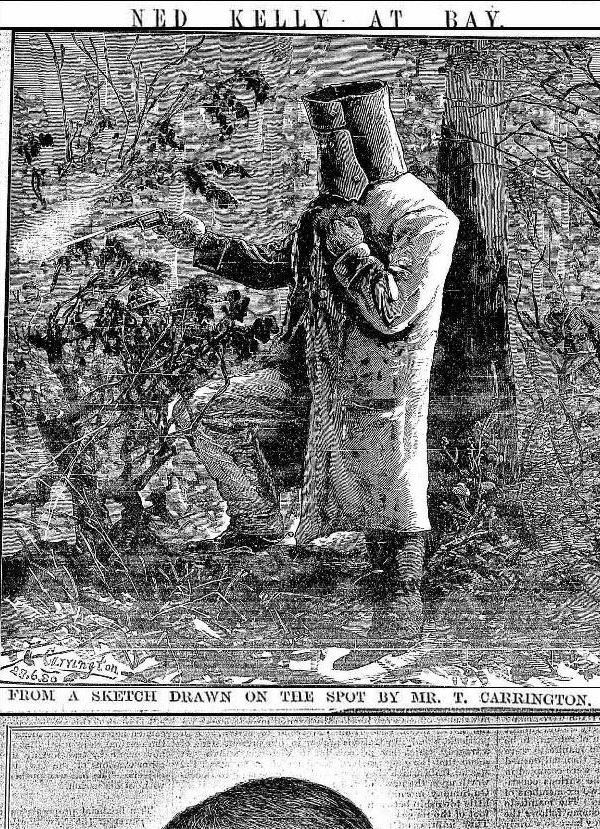
All About John Cusack’s Irish Family History
15 September 2022Actor John Cusack is well-known for his roles from early films like Sixteen Candles (1984) up to present-day productions like Pursuit (2022). He’s made a name for himself in Hollywood, but many don’t know about the actor’s family history. You can trace Cusack’s ancestry back to Ireland’s centuries. Continue reading...
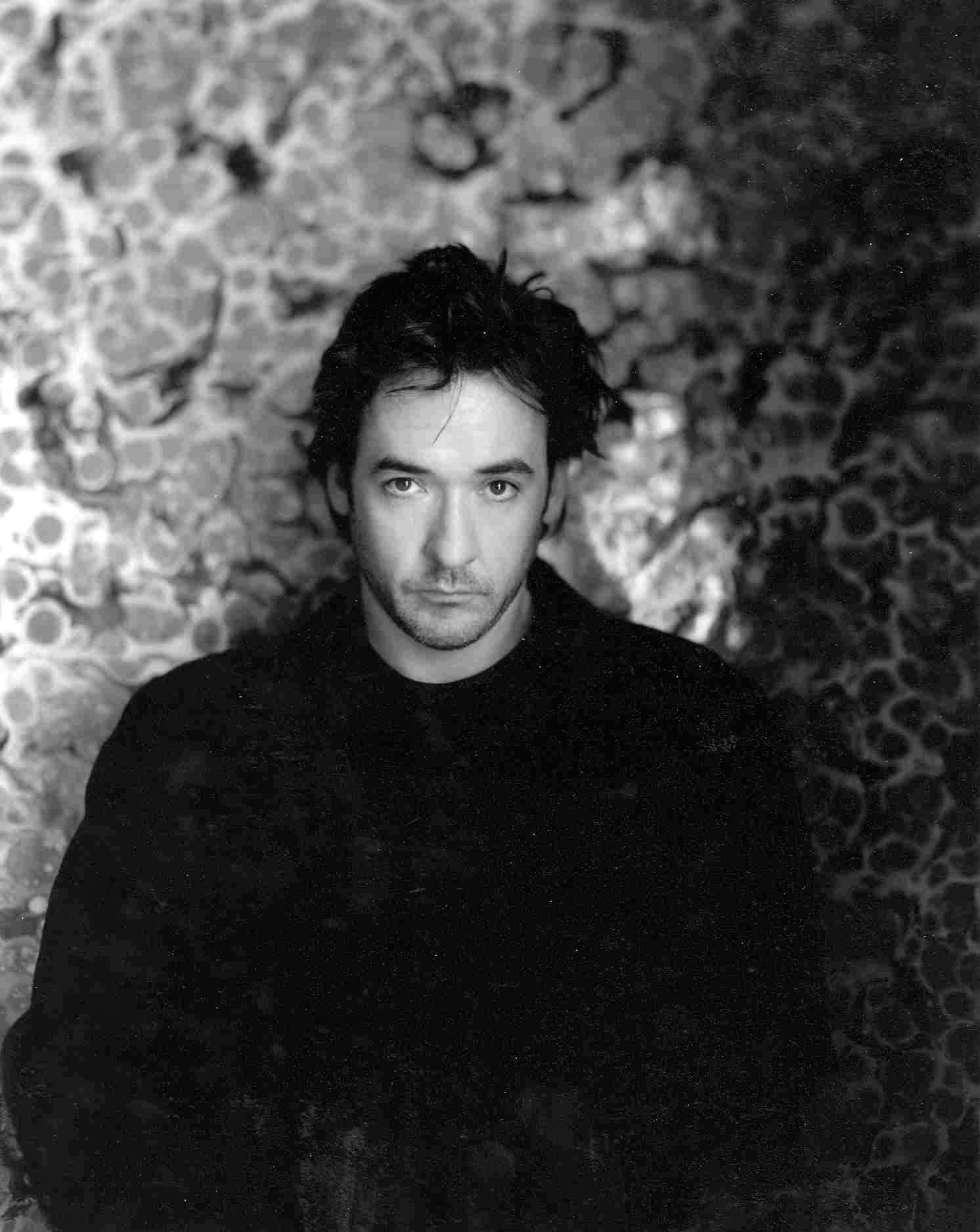
Everything You Need to Know About the Claddagh Ring
12 May 2022The Irish culture touches everything from our way of life right down to the jewellery we wear. But no piece encapsulates Irish tradition more than the Claddagh ring. This distinctive Irish ring has centuries of history, and men and women all over the world wear it today as a symbol...
A Brief History of Dublin’s Mysterious Molly Malone
08 April 2022Many have heard the name Molly Malone or seen her bronze statue on Grafton Street in Dublin. She represents an old, mysterious story set in Dublin, Ireland, that has firmly cemented itself within the Irish culture. The legend goes that Molly was a beautiful young girl who worked as a...
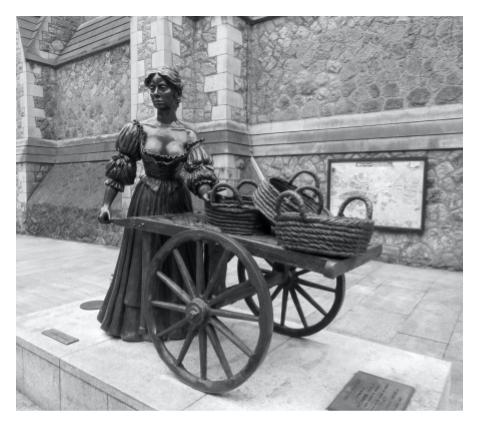
Joe Biden’s Irish Family History & Surname Origin
22 June 2016Research by expert genealogists Fiona Fitzsimons and Helen Moss Joe Biden’s Irish ancestry tells a fascinating story of immigration and determination, leading to him becoming the 46th president of the United States. We were delighted to research Joe Biden’s Irish connection in time for his trip to his family’s ancestral...
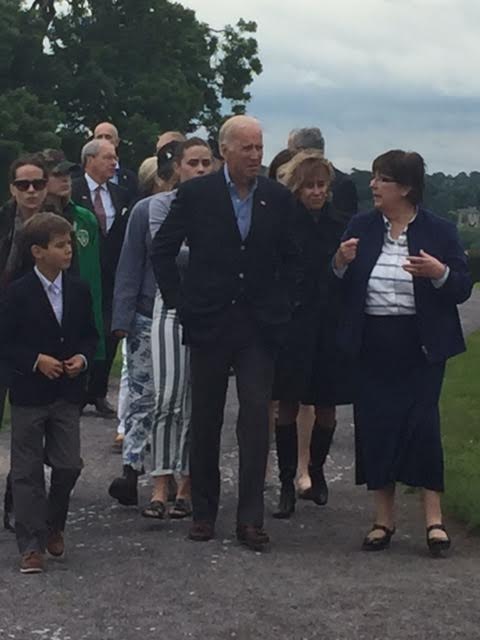
St. James Gate Brewery – A Glimpse into the Past
13 April 2016Alfred Barnard was the author of a four-volume work entitled Noted Breweries of Great Britain and Ireland, (1889-91). He conducted his research by visiting each of the breweries and seeing at first hand how work was carried out. Barnard was particularly excited to start his tour of breweries with Guinness’s which...
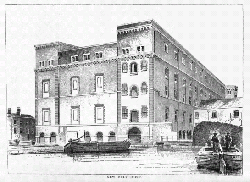
Ray Meagher’s Irish Family Roots
13 April 2016We started with Ray’s grandfather, William Patrick Meagher, born 11th March 1902, Isisford, Maranoa, Queensland. His parents (Ray’s great grandparents) were William Francis Meagher and Bridget Mullavey. We found their 1898 Queensland Marriage record, which indicated they were both born in Australia. William Francis Meagher was 39 years at the...
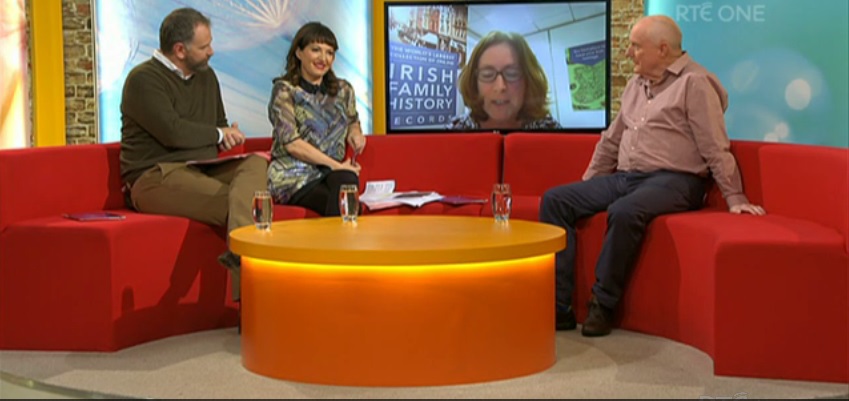
Princess Charlene of Monaco’s Irish Ancestry
13 April 2016Princess Charlene of Monaco is known for her impressive career as an Olympic swimmer and her marriage to Prince Albert II of Monaco. The South African native certainly leads a fascinating life. Yet, her story becomes even more interesting when you look at her family’s past. As it turns out,...
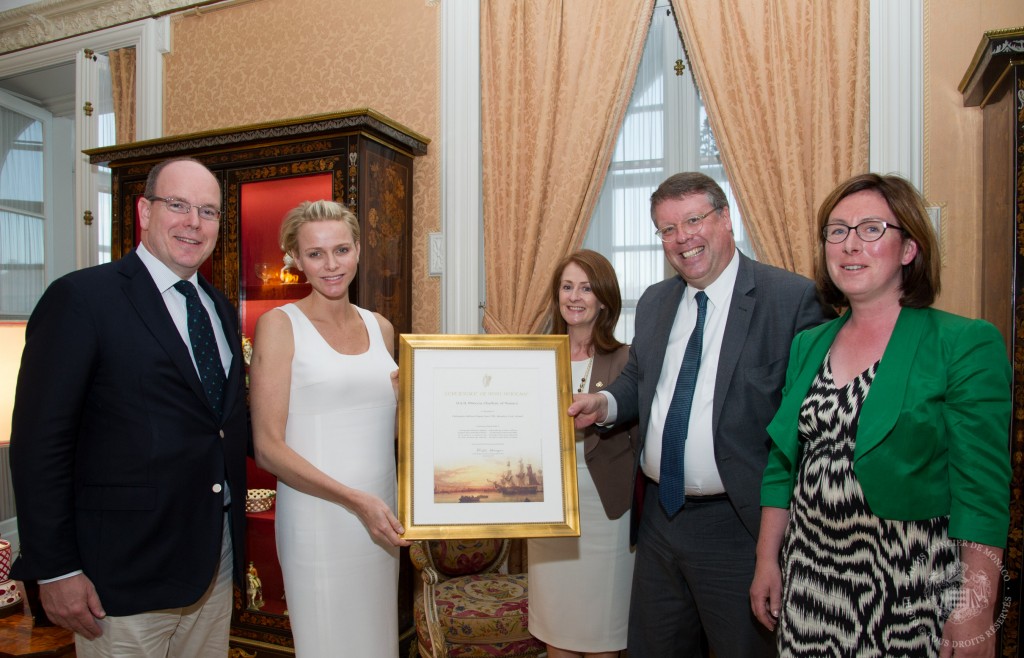
Rickard Donovan: The Role of a Wexford man in D-Day, 6 June 1944
13 April 20166 June 1944, now commonly referred to as ‘D-Day’, was the day on which the Allied Forces commenced the Normandy Landings. The assault consisted of two phases: an airborne assault; and the amphibious landing of the Allied Forces on the Normandy coast; and led to the Allied Forces’ ultimate victory....

Rickard Donovan’s Early Career
13 April 2016Rickard Charlie Donovan was born in 1898, the son of an ascendancy family from Ballymore near Ferns in County Wexford. At the age of 13, he was sent to the Royal Naval Colleges in Osborne and Dartmouth, England to qualify for a career in the Navy. His parents wanted to...
